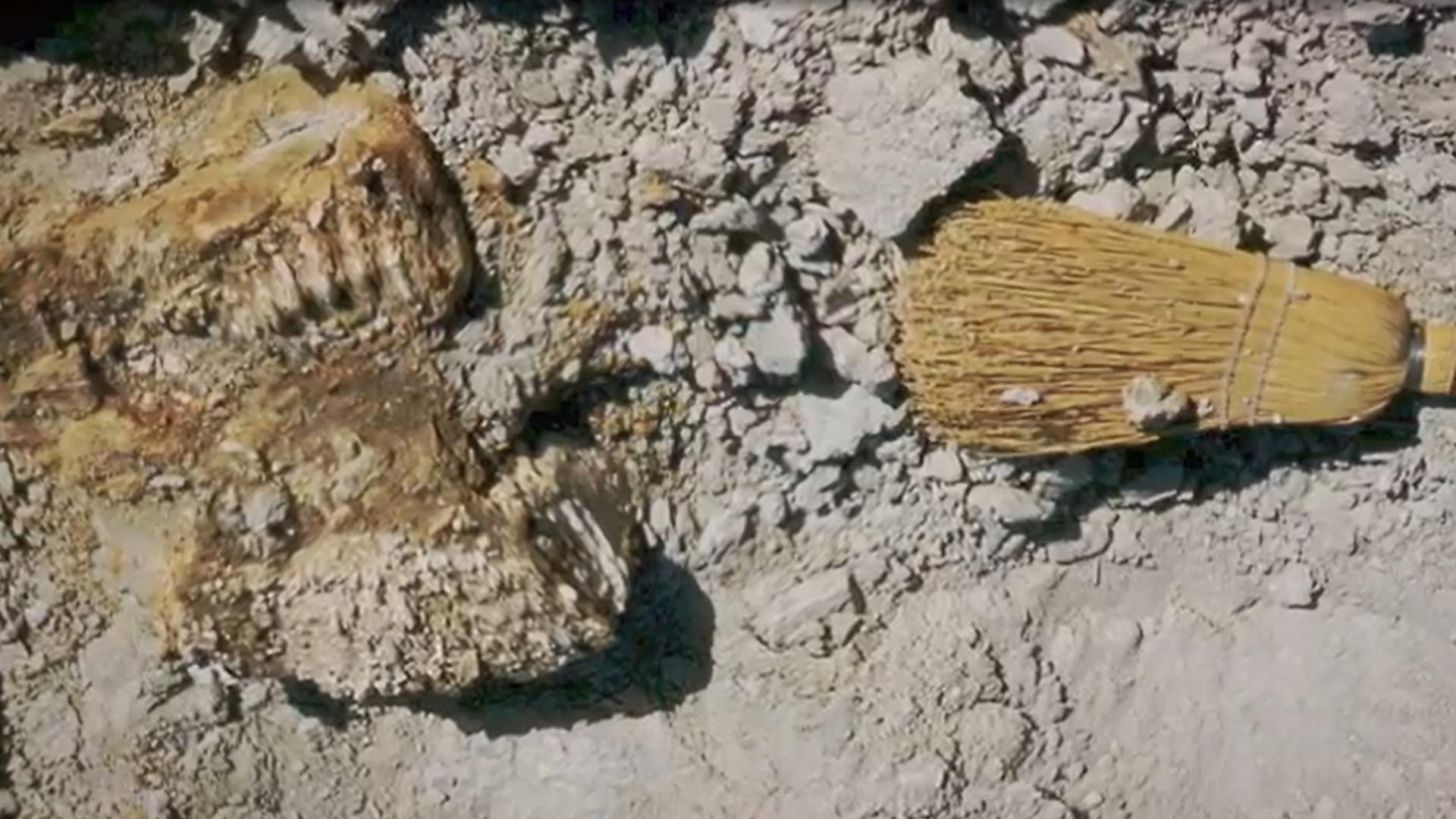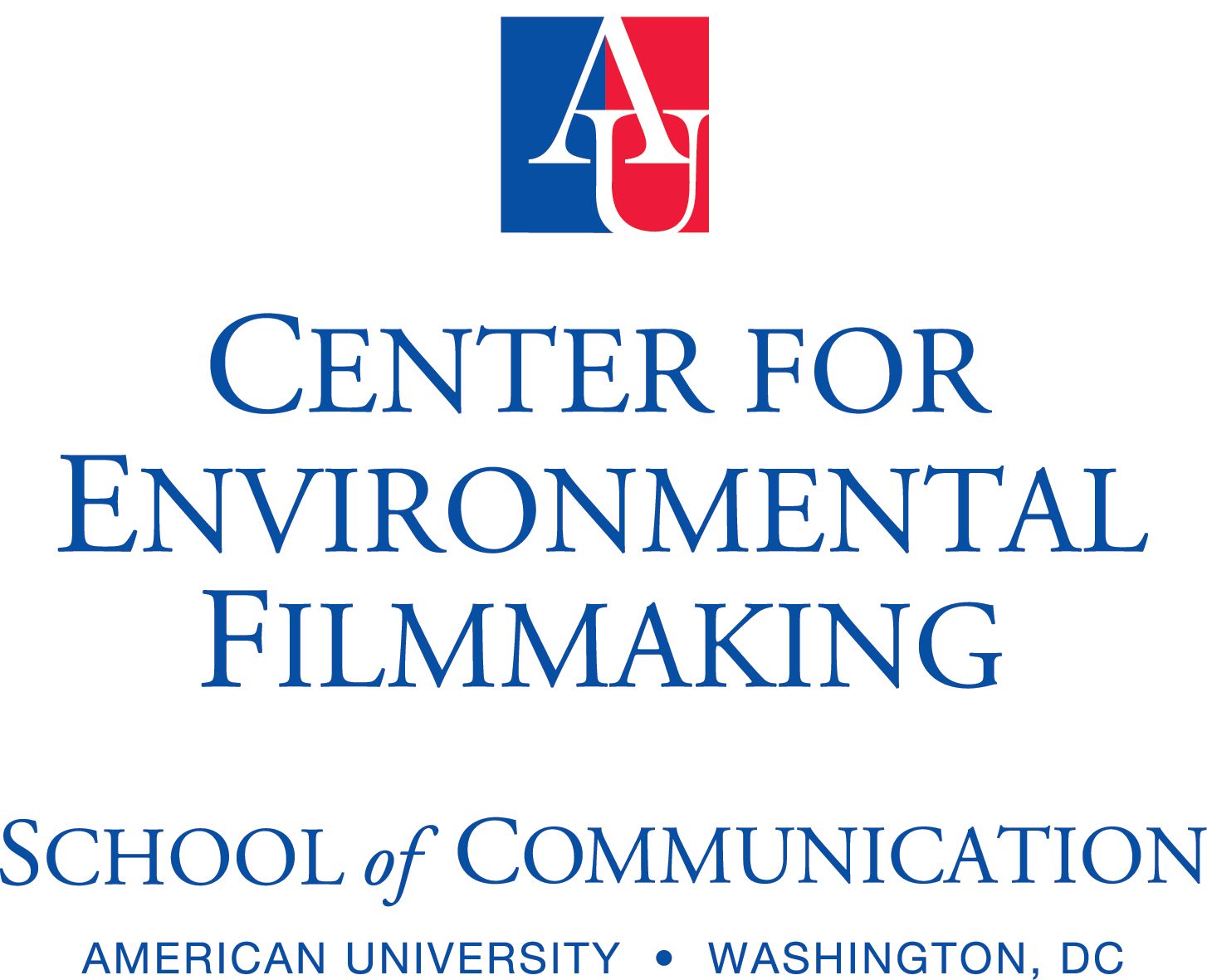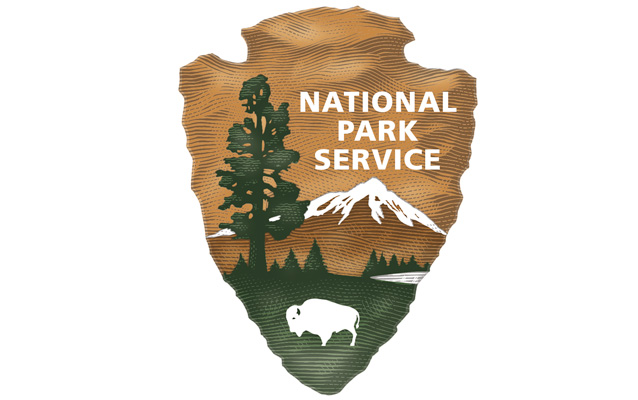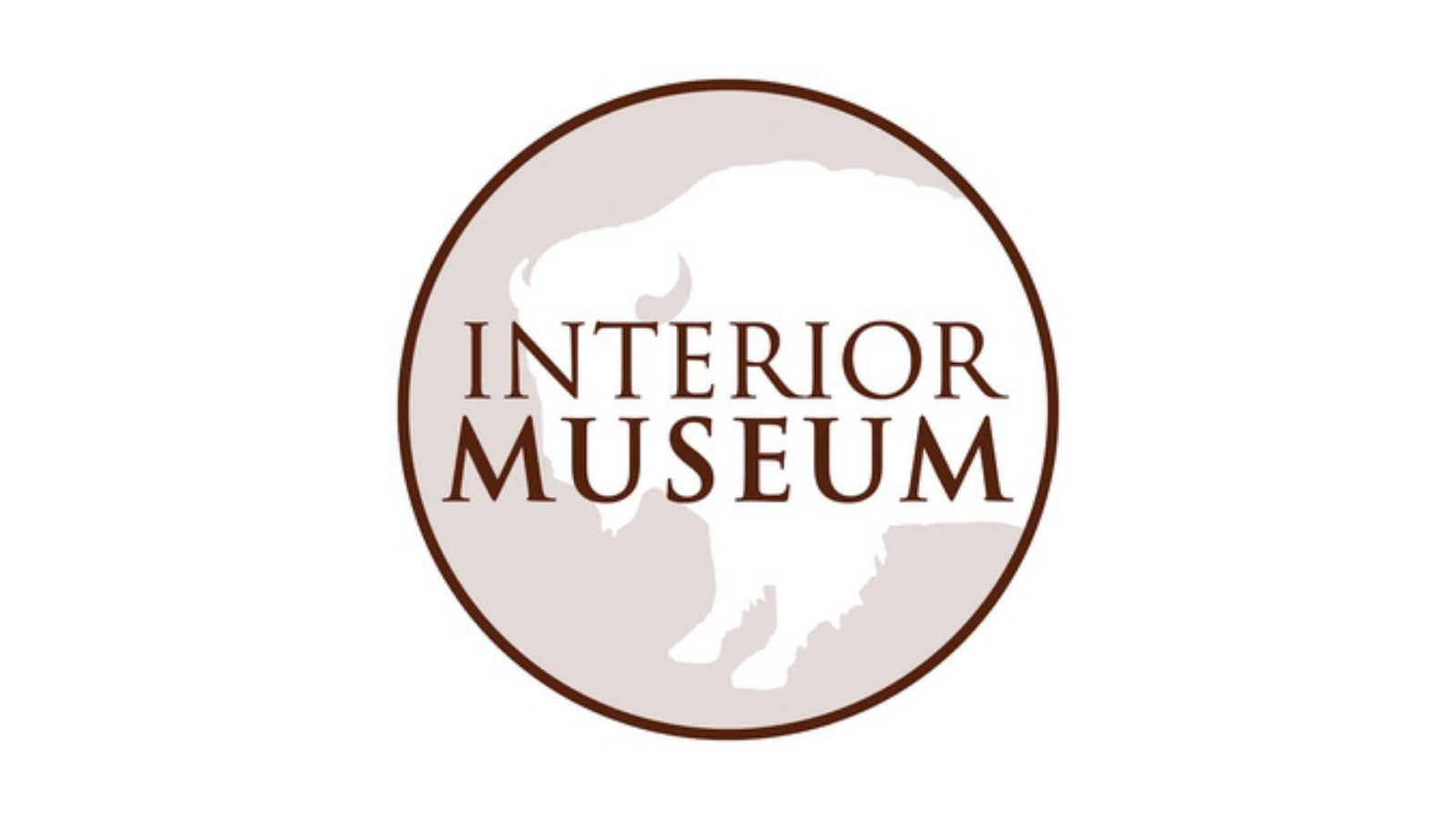
Curated by the Center for Environmental Filmmaking at American University, the Department of the Interior Museum, the Department of the Interior’s Environmental Justice Program, and the National Park Service
Includes a live Q&A with the filmmakers and experts. NOTE: the films will not be broadcast live. They are meant to be watched separately from the discussion.
The Center for Environmental Filmmaking at American University, the U.S. Department of the Interior Museum, the U.S. Department of the Interior’s Environmental Justice Program, and the National Park Service present a showcase of outstanding films created with different divisions of the National Park Service, including the Office of Science Access and Engagement, the Urban Ecology Research Learning Alliance, and Harpers Ferry Center for Interpretive Design. Thanks to paid fellowships provided by the National Park Service, students have the opportunity to work in the field with scientists, park managers, communicators, and others. From Tlingit cultural practices with Glacier Bay National Park and Preserve, to historically significant scientific research in the Everglades, at Indiana Dunes, and at Tule Springs Fossil Beds, to landscape-scale Biosphere regions, these films reveal the extraordinary values and resources within the National Park System.
Radiocarbon dating – sometimes called carbon-14 dating – is the most important method for determining the ages of ancient organic materials as old as about 60,000 years. The method is so valuable for geology, paleontology, archeology and many other scientific fields that its developer was awarded a Nobel Prize in 1960. The first time radiocarbon dating was used to answer a scientific question about human history was the early 1960s at what is now Tule Springs Fossil Beds National Monument in Nevada.
- Year2021
- Runtime9 minutes
- CountryUnited States
- DirectorMarissa Woods, Tim Watkins
Curated by the Center for Environmental Filmmaking at American University, the Department of the Interior Museum, the Department of the Interior’s Environmental Justice Program, and the National Park Service
Includes a live Q&A with the filmmakers and experts. NOTE: the films will not be broadcast live. They are meant to be watched separately from the discussion.
The Center for Environmental Filmmaking at American University, the U.S. Department of the Interior Museum, the U.S. Department of the Interior’s Environmental Justice Program, and the National Park Service present a showcase of outstanding films created with different divisions of the National Park Service, including the Office of Science Access and Engagement, the Urban Ecology Research Learning Alliance, and Harpers Ferry Center for Interpretive Design. Thanks to paid fellowships provided by the National Park Service, students have the opportunity to work in the field with scientists, park managers, communicators, and others. From Tlingit cultural practices with Glacier Bay National Park and Preserve, to historically significant scientific research in the Everglades, at Indiana Dunes, and at Tule Springs Fossil Beds, to landscape-scale Biosphere regions, these films reveal the extraordinary values and resources within the National Park System.
Radiocarbon dating – sometimes called carbon-14 dating – is the most important method for determining the ages of ancient organic materials as old as about 60,000 years. The method is so valuable for geology, paleontology, archeology and many other scientific fields that its developer was awarded a Nobel Prize in 1960. The first time radiocarbon dating was used to answer a scientific question about human history was the early 1960s at what is now Tule Springs Fossil Beds National Monument in Nevada.
- Year2021
- Runtime9 minutes
- CountryUnited States
- DirectorMarissa Woods, Tim Watkins


